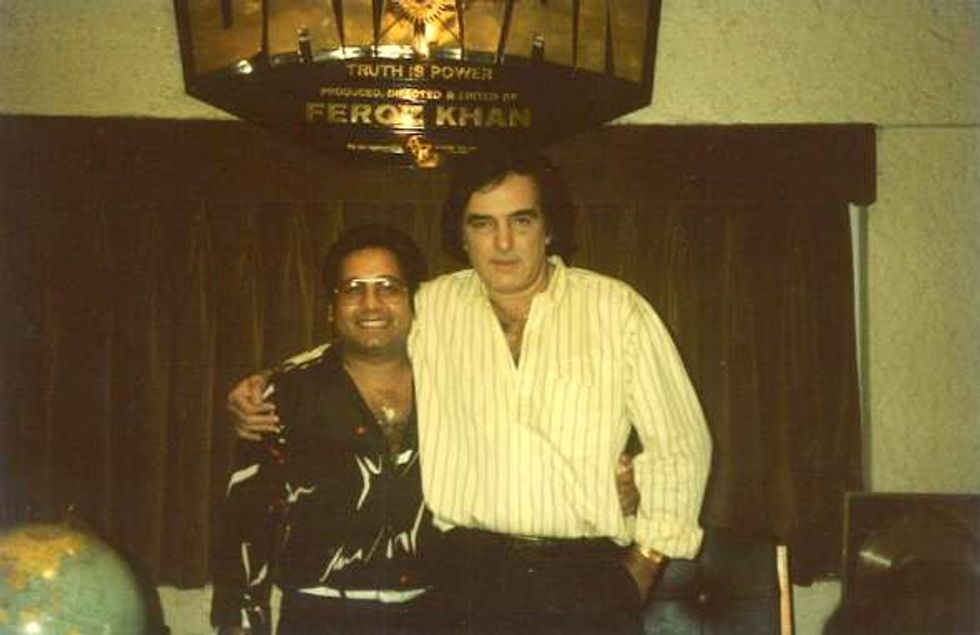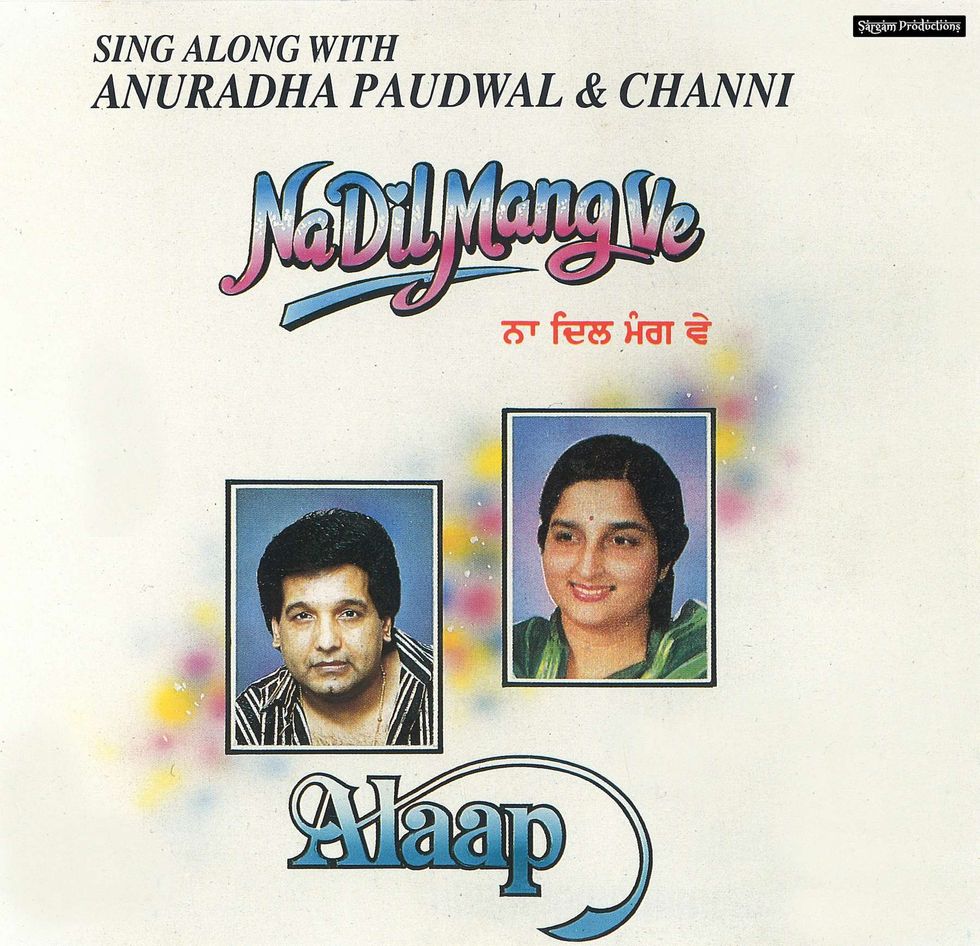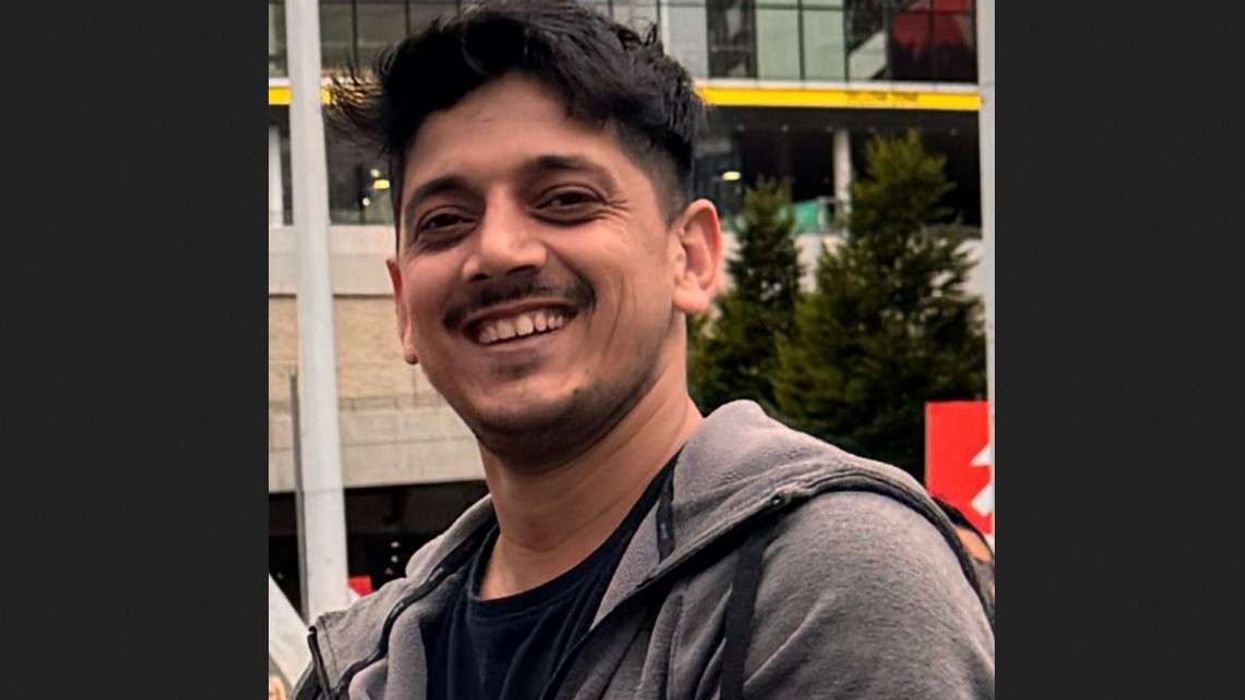TV star discusses his journey and popular show
Acclaimed actor Manit Joura has had such a close connection with super hit drama serial Kundali Bhagya since it premiered in 2017 that he recently made a winning return, after shocking fans by leaving last year.
The popular star has perfectly picked up where he left off with his portrayal of Rishabh Luthra on the ZEE TV show and is delighting fans with his presence. He is clearly enjoying being part of the Kundali Bhagya family again and was happy to speak with Eastern Eye about the magnetic charm of the show. He also discussed his dream role, inspirations, future plans, and what he enjoys as an audience member.
How do you look back on your wonderful acting journey?
If I look back at my acting journey it is no less than a movie script. My journey has been full of ups and downs, with a lot of twists, turns, failures and some successes, and also a lot of learning and unlearning. I’ve got to know myself better and what exactly is being a human being. In a nutshell, I would say my journey as an actor has been fruitful.
How do you reflect on your amazing Kundali Bhagya journey in particular?
Honestly, my journey with Kundali Bhagya has literally changed my bhagya (destiny). Whatever I am today is because of Kundali Bhagya and the character Rishabh Luthra. I got a lot of love and recognition because of the show. I got Kundali Bhagya when I was looking for that one big break that might change my career graph, and it actually did. It has personally also given me a lot. I’ve grown from a boy to a man and am very grateful for it.
Why did you decide to leave the show and what made you return?
Leaving the show wasn’t a pre-planned thing. It was a very impromptu decision because my mother wasn’t keeping well and as the eldest son in the family, it was my responsibility to take care of her. And the reason I made a comeback is that there was something left that I had to say through my character.
Tell us about that?
The makers added a lot of twists and turns in the plot, which made my character demand a lot from me as an actor. I was thrilled about it and also the fact that Kundali has been close to my heart. So, whatever and whenever I can do something for this show, I will do it.
Why do you think Kundali Bhagya is so loved by the audience?
Different people like the show for different reasons. Anything that is honest and truthful is relatable to people. And the bond we share, we don’t act like brothers. That bond shows on screen. My bond with family and vice versa is shown. We don’t try to be a family, we are a family! We don’t give a second thought before expressing ourselves. That off-screen chemistry reaches audiences of the show, and they relate to it. The show’s writers write the words and we actors come at them with our own senses and emotions.
You have played diverse roles. Which other characters have you enjoyed playing?
Honestly, I’ve loved all the characters that I have done. But the character closest to my heart has to be Harsh Shastri (from Prem Bandhan) because as an actor I always used to think that I won’t be able to do a schizophrenic character, or it doesn’t come naturally to me. I had to work really hard for that character. I used to think that I might end up hurting people’s sentiments. I did a lot of research before performing it. My research and spontaneity helped me ace the role.
What is the plan going forward?
To be honest, there is no plan. I only plan things that are in my control, such as my schedule, and craft (being well prepared for the shoot). Also being ready for the opportunity that knocks on my door. I stopped planning because the majority of stuff that you plan never
happens. Life has different ways of surprising you.
What is your dream role?
There are so many, ones I think about most is doing biographical or real-life characters, so that I’ll get to spend time with the person and get to portray them. I would love to do a biography of Virat Kohli and think I would look good.
What kind of content do you enjoy watching as an audience?
I love watching everything. Even if it is a normal film that is not watched by many people, then also I like it because that gives me an understanding that I don’t have to do this and should do that. I watch everything without getting bored. I enjoy love stories, action films, and documentaries. I love watching Imtiaz Ali’s cinema because he shows the character with so much innocence, beauty, and simplicity that it reflects real life such as his characters in Tamasha, and Rockstar. He shows a real graph and journey travelled by each character, and you go along with it.
What inspires you?
What inspires me is the honest work of any actor. Even a small, but impactful role inspires me. Like Pankaj Tripathi did in Gangs Of Wasseypur. Also, music, stories, and innocence of actors inspire me. Being a good human inspires me. The one who is honest with himself is a good human.
Why do you love being an actor?
I don’t think I would do anything else other than acting. Acting has taught me a lot. The deeper I go into it, the more I enjoy it. I can act until my last breath without getting bored. I don’t want to find this answer – that is why I love acting. I just enjoy the moment. It makes me forget everything, including my personal life, and issues. When I’m acting, I’m just acting. I didn’t become an actor because of fame or money. It is everything to me and a very spiritual process.






 Channi Singh OBE — founder and frontman of the pioneering bhangra band AlaapChanni Singh
Channi Singh OBE — founder and frontman of the pioneering bhangra band AlaapChanni Singh Chham Chham Nachdi Phiran (with Asha Bhosle)Channi Singh
Chham Chham Nachdi Phiran (with Asha Bhosle)Channi Singh Channi Singh with Feroz KhanChanni Singh
Channi Singh with Feroz KhanChanni Singh Na Dil Mang Ve (with Anuradha Paudwal)Channi Singh
Na Dil Mang Ve (with Anuradha Paudwal)Channi Singh






